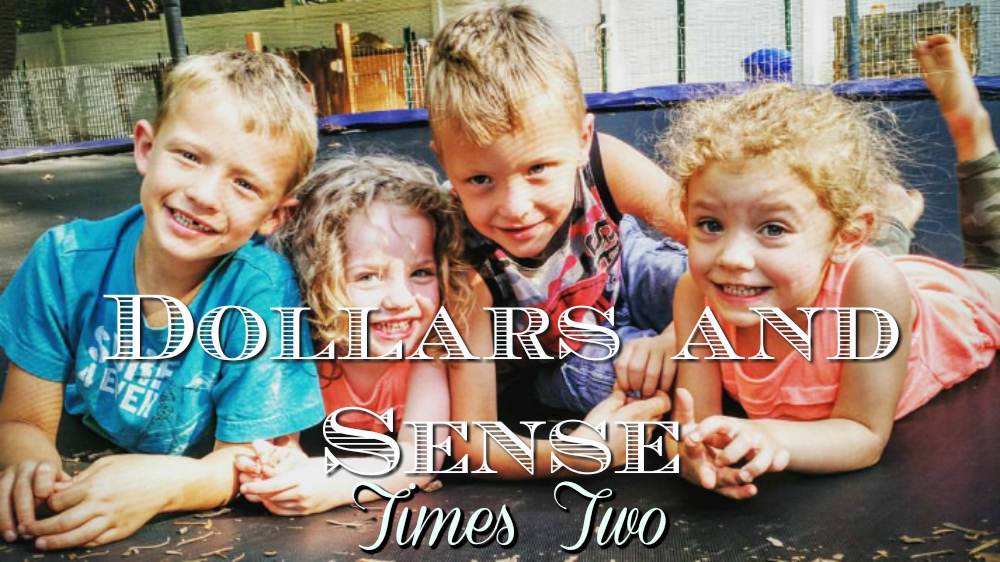
Let’s start with the most basic of all questions Bethlehemites are asked.
Who are the Moravians?
The name Moravian identifies the fact that this historic church had its origin in ancient Bohemia and Moravia in what is now the Czech Republic. The movement that was to become the Moravian Church was started by Jan Hus in early 14th century Bohemia. Hus objected to the corruption of the Catholic Church. There are some similarities between Hus’s and Martin Luther’s ideologies. Hus’s big issue was when church doctrine differed from the bible, he would not follow that doctrine, adhering instead to the bible, which caused him to be perceived as a heretic. Hus paid the price for his reformational beliefs with his life as he was burned at the stake in 1415.

The worldwide Moravian Church consists of 19 provinces with more than 1 million members, half of which live in Africa.US membership is lower than the rest of the world, attributed to the result of the Moravian emphasis on missionary work. They see their calling as bringing the good news of God’s infinite love to the poorest and most despised people of the world. This is a very condensed overview. Detailed information can be found here.

This painting, “First Fruits” (1747) by German Colonial artist, Johann Valentin Haidt depicts 21 people standing around Christ in heaven. These are images some of the first Moravian converts from around the world.
The Beginnings of Bethlehem
By Christmas eve of 1741, the Moravian settlement was large enough to include a two room building (with one part for individuals and one part for livestock). Perhaps inspired by a biblical stable or the Moravian hymn, “Jesus Call Thou Me,” Zinzendorf christened the new town, “Bethlehem.” (You can hear the instrumentals of the hymns and see beautiful building representations). The first house is no longer standing but there is a really interesting video researched by Bethlehemite Ric Rupnik all about the property and location.
Bethlehem thrived in the colonial era. The Moravians initially lived in one large building, the Gemeinhaus. This was not only a church but also a meeting place, school, and minister’s house for the settlement. It is the only German colonial church with attached minister’s living quarters remaining in the United States.

The Bell House at Christmas. Note the buttresses on the sides of the building to add stabilization and keep the buildings from sinking in limestone rich soil
Everyone had a job in the new community. Children lived apart from their parents and educated which left the parents free to work. Unmarried young men and women were housed together (in separate building by gender). No one was unemployed. The Gemeinhaus also included a chapel called the Saal, which was the first worship space for the burgeoning village. Here is some additional information on the 275th anniversary of the Saal.

Saal interior

Bethlehem’s Colonial Industrial quarter contained a tannery, a grist mill, a water works, a linseed press among other buildings

View showing the Brethren’s House (far left), the rebuilt Blacksmith Shop (bottom) and the Waterworks (right).

The Moravians increased in number. They outgrew the Saal; then they built what is now called the Old Chapel in 1751. Finally constructed in 1803, the current worship space, Central Moravian Church is still in use. The Moravians also increased their settlements adding new towns in Pennsylvania (Nazareth, Emmaus, Lititz among others) and the Southern Headquarters of the Moravian Church in Winston-Salem, NC (1766). The Winston-Salem Moravians were the first to observe the Independence Day holiday celebrating it first in 1783.

Two houses of worship, the Old Chapel on the left and Central Moravian on the right
Incredibly diverse, the Moravians continued their missionary traditions in the colonies. The worked with the local Delaware nation to convert the Native Americans, establishing congregations at the Indian town of Shekomeko (New York) and Nain, Pennsylvania. They established missions to the then-frontier of Ohio. Polly Heckewelder, allegedly the first white child, born in Ohio is depicted in an iconic doll still handcrafted by church women. Bethlehem’s Moravian cemetery, God’s Acre, includes the graves of free men and women of color, Native Americans, as well as immigrants and converts to the church. The graves are flat and without much adornment as they believed that all men are equal in death.
- God’s Acre
- Native American grave
I hope you have enjoyed this very brief overview of Colonial Bethlehem and the Moravian church. If you have more interest, consider checking out these links:
Here is a very interesting overview to Bethlehem’s history .
Just for fun and in the spirit of Halloween, I added a very haunting photo of Central Moravian’s belfry.

Special thanks to Ric Rupnik, Nancy Rutman and all the members of the “You Know You’re From Bethlehem” Facebook group for their critical read of this post and collective expertise.









[…] you would like to learn more about the history of the Moravians, you can read my post on Colonial Bethlehem. If you can, don’t miss a trip to our beautiful city over the holidays (or any other time of […]